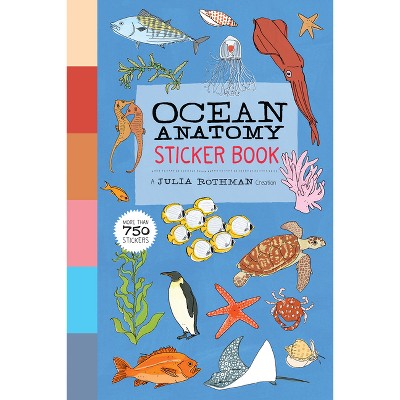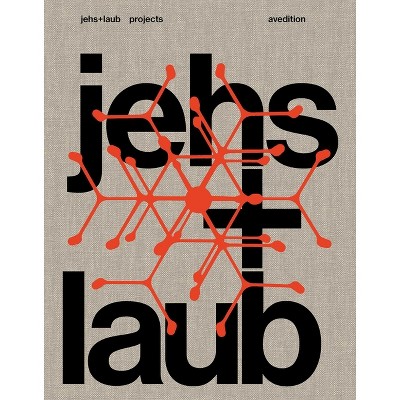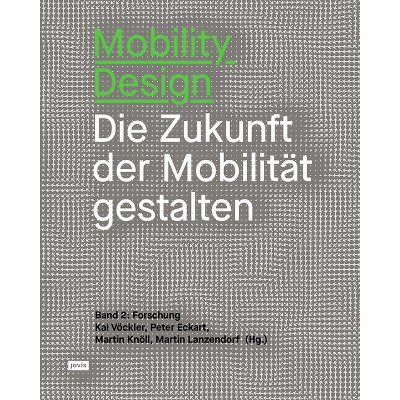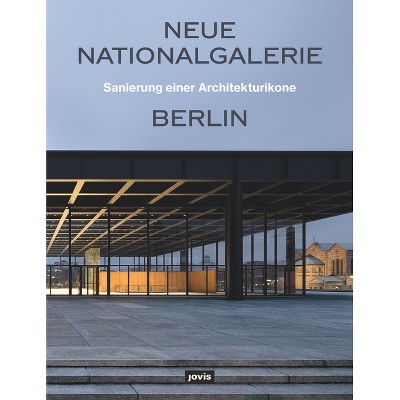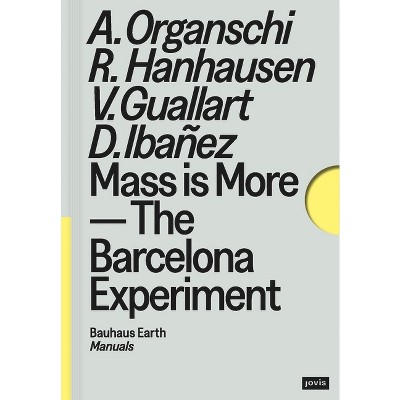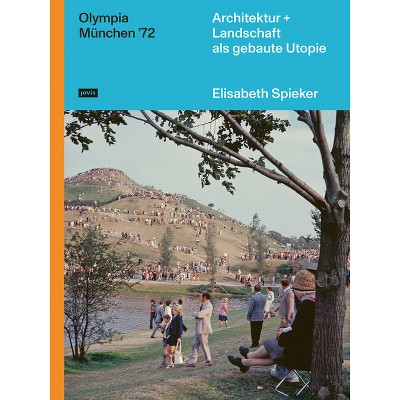Sponsored

Mobility Design - (Paperback)
Pre-order
Sponsored
About this item
Highlights
- How can the ongoing transformation of transportation succeed?
- About the Author: Heike Andersen is a designer and research associate at the HfG Offenbach University of Art and Design.
- 144 Pages
- Architecture, Individual Architects & Firms
Description
Book Synopsis
How can the ongoing transformation of transportation succeed? With its focus on the environmental and societal sustainability of new planning measures, design research plays a central role in the development of sustainable mobility. The third volume of the series Mobility Design is a practice-oriented resource for communities, planners, mobility providers, and politicians. Developed through close collaboration between municipal authorities and mobility designers, these recommendations and examples demonstrate how cities can promote the potential of intermodal, environmentally friendly mobility. Their design principles, rigorously grounded in scientific knowledge and based on user needs, supply useful tools to those involved in the development of future-oriented mobility concepts.
- hares the results of the research project InterMoDe at the Offenbach Institute for Mobility Design and the City of Offenbach
- Provides strategies for the design of intermodal mobility systems
About the Author
Heike Andersen is a designer and research associate at the HfG Offenbach University of Art and Design. Her research specializations are the analysis of international design solutions for urban mobility, inclusive design, and the development of a transfer strategy for the sustainable design of intermodal systems.
Hanna Bader is a sociologist, research associate at the HfG Offenbach University of Art and Design, and a mobility manager with the City of Offenbach. Her research focuses on urban and spatial sociology, the impact of urban spaces on user behavior, and qualitative data acquisition through VR simulation.
Andreas Blitz is a human geographer working as a transportation planner for the City of Offenbach am Main and as a research associate at the HfG Offenbach University of Art and Design. His research specializations include the impact of design on urban spaces and individual mobility behavior, as well as quantitative data acquisition through VR simulations.
Peter Eckart is a product designer, a professor for integrative design at the HfG Offenbach University of Art and Design, and founder of unit-design (Frankfurt/Bern). His research specializations include mobility design, systems-oriented design, the mobility revolution, design and complexity, public design, and sustainability.
Andreas Grzesiek is a designer and research associate at the HfG Offenbach University of Art and Design. His research specializations are VR-based data acquisition on the emotional impact of design and mobility spaces, as well as the visualization and transfer of the results of data analysis.
Amelie Ikas is a designer and research associate at the HfG Offenbach University of Art and Design. Her research specialization is the development of communication strategies in the area of mobility design.
Julian Schwarze is a designer and research associate at the HfG Offenbach University of Art and Design. His research specializations include product language and mobility processes, the use of VR simulations, and the development of strategies for the design of complex mobility processes.
Anton Viehl is a designer and research associate at the HfG Offenbach University of Art and Design. His research specializations include the development and visualization of interactive information systems and the analysis and presentation of future mobility scenarios.
Kai Vöckler is an urbanist and a professor of urban design at the HfG Offenbach University of Art and Design. His research specializations include mobility design, postconflict urban development, product language and space, and ecology and design.
Shipping details
Return details
Trending Non-Fiction









